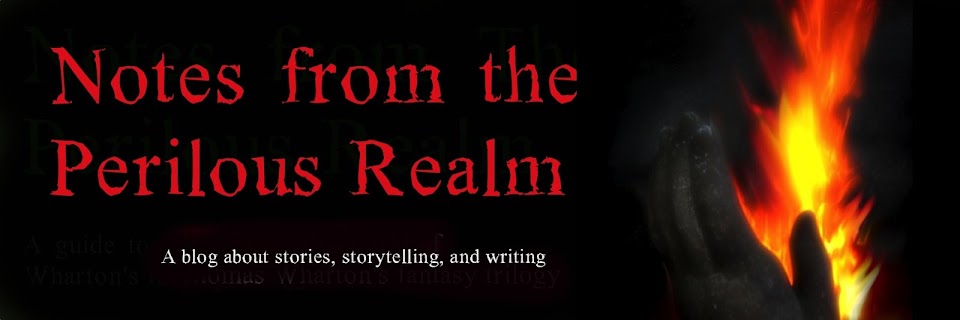When my daughter was little she used to wonder about the
imaginary creatures and monsters she’s heard about or read about in storybooks.
Were they real? She already had a pretty good idea they weren’t, but she still
needed to ask, just in case.
I had two answers for her, depending on whether the creature
was one she liked, or one she was afraid of.
Answer # 1:
“Dad, are unicorns real?”
“Yes, they’re very real … in your imagination. And
imagination is one of the most powerful forces there is. Without imagination we
would never have been able to invent new things, fly to the moon, or discover
cures for disease. Sometimes we need imaginary things that we don’t find in the
real world. We need to believe in them because they mean something important to
us…”
Usually by the time I got this far she’d already walked
away.
Answer # 2:
“Dad, are vampires real?”
“No.”
Apparently the question “are vampires real?” is a very
common internet search query. Vampires have so permeated pop culture that it’s
not surprising people have begun to wonder whether they’re really just fiction
or not. Further confusing the issue are the people out there who believe they
themselves are vampires. They live a vampire lifestyle (or undeadstyle), in
some cases to the point of convincing people to donate blood to them so they
can drink it.
As far as I know there isn’t a subculture of people who
think they’re unicorns. I wonder why not. Harder to fake a great big ivory
horn, I suppose.
But then again, in my opinion vampires and unicorns and iron
golems and talking trees do exist. They exist in a dimension we call Story. In
my fantasy novels I call this dimension the Perilous Realm (a phrase coined by
J R R Tolkien, I believe). Some people also call it the Storyverse. This story
dimension permeates our own. We move in and out of it on a daily basis. We’re
always telling ourselves stories … about who we are, about things that happened
in the past (we call these stories memories), about what we hope will happen in
the future. We spend much of our time living inside these imagined story-worlds
of hopes, memories, dreams, fears. Are these stories “real”? They have a
powerful impact on how we live our lives, that’s for sure.
More on the “story dimension” coming in another post.
Illustration: T Wharton









